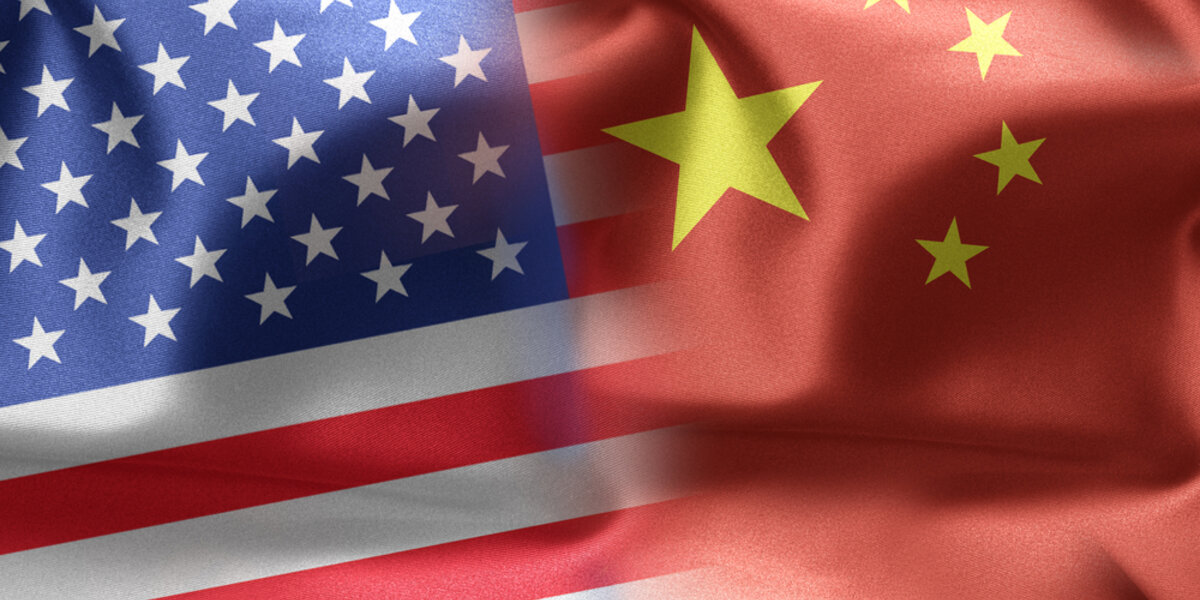Energy Efficiency Will Play Key Role In Historic U.S.-China Agreement
Let's Save Energy
Alliance to Save Energy's Blog
Energy Efficiency Will Play Key Role In Historic U.S.-China Agreement

Last week, President Barack Obama and China’s President Xi Jinping took a historic step by announcing their nations’ commitment to curb greenhouse gas (GHG) emissions. Under the new agreement, the U.S. will build upon existing efforts and reduce emissions 26-28% below 2005 levels by 2025. China is committing to reduce its carbon intensity (carbon emissions per unit of GDP) by 40-45% and increase its use of clean energy sources by 20% by 2030 or earlier. This announcement is significant in many ways, as China is one of the world’s biggest polluters and together the U.S. and China are responsible for 45% of total global emissions.
As the world’s two largest economies, both nations will play a significant role in encouraging worldwide adoption of efforts to address climate change. Currently, energy efficiency is unevenly used across countries and sectors, but offers great potential benefits as the easiest and cheapest way of achieving carbon emission reduction targets. Considering the two countries’ past utilization of efficiency, it will undoubtedly play a key role in achieving the goals outlined by the agreement.
China
For the past two decades, China has made energy efficiency its chief energy strategy and one of the nation’s top priorities. By implementing energy efficiency programs and policies, China has decoupled energy consumption and carbon emissions from economic growth. The country’s economy expanded 18-fold while energy consumption increased only 5-fold from 1980 to 2010. The country is responsible for more than half of energy savings worldwide and has reduced its energy intensity by 70 percent per unit of GDP.
The 12th Five-Year Plan (2011-2015) renewed China’s commitment to addressing its energy demands. The latest plan includes a targeted 16 percent energy reduction on 2010 levels by 2015. China will also invest $372 billion to save energy and launch anti-pollution projects, dedicating about $155 billion of that total amount to energy efficiency projects.
Additionally, China has implemented several types of policy measures to promote energy efficiency and conservation including energy efficiency labels, minimum efficiency standards, financial incentives, pricing and government procurement. The financial incentives include direct funding of energy efficiency projects in industry and buildings, subsidized loans, and loan and credit guarantees.
U.S.
The U.S. federal government has also committed to increasing energy efficiency and has taken action to address threats imposed by climate change. The Climate Action Plan (CAP) specifically utilizes energy efficiency as a primary tool for improving the economy while reducing emissions. To date, the CAP has furthered vehicle and appliance standards, facilitated private action through the Better Buildings Neighborhood Program and so much more. A very important and more recent development of the CAP is EPA's proposed 111(d) rule on existing power plants which includes energy efficiency as a top compliance standard for states to achieve emissions reductions.
Additionally, in his 2013 State of the Union Address, President Obama issued a call to double energy productivity by 2030 and cut energy wasted by homes and business over the next twenty years. In support of the President’s plan to double energy productivity, the Accelerate Energy Productivity 2030 partnership was launched by the Alliance, the U.S. Department of Energy and the Council on Competitiveness. The initiative aims to bring together national leaders through a series of dialogues to create a roadmap for achieving the nation’s shared goal of doubling energy productivity. Achieving the goal of the initiative will deliver critical benefits to the U.S. economy, including the creation of 1.3 million jobs and savings of $327 billion in avoided energy costs.
Conclusion
In recent years, the U.S. has made progress towards greater energy efficiency through improved building codes, stricter appliance standards and partnerships between the private and public sectors. According to the ACEEE International Energy Efficiency Scorecard, countries like China, Japan and Germany are among the most highly ranked for utilizing energy efficiency as a top resource — serving as excellent examples for other countries by showing that more can always be done. The U.S.-China agreement is a significant step forward, and there are many positive signs that the U.S. and other countries will continue to invest in energy efficiency in order to remain globally competitive.
RECENT BLOG POSTS
STAY EMPOWERED
Help the Alliance advocate for policies to use energy more efficiently – supporting job creation, reduced emissions, and lower costs. Contact your member of Congress.
Energy efficiency is smart, nonpartisan, and practical. So are we. Our strength comes from an unparalleled group of Alliance Associates working collaboratively under the Alliance umbrella to pave the way for energy efficiency gains.
The power of efficiency is in your hands. Supporting the Alliance means supporting a vision for using energy more productively to achieve economic growth, a cleaner environment, and greater energy security, affordability, and reliability.



